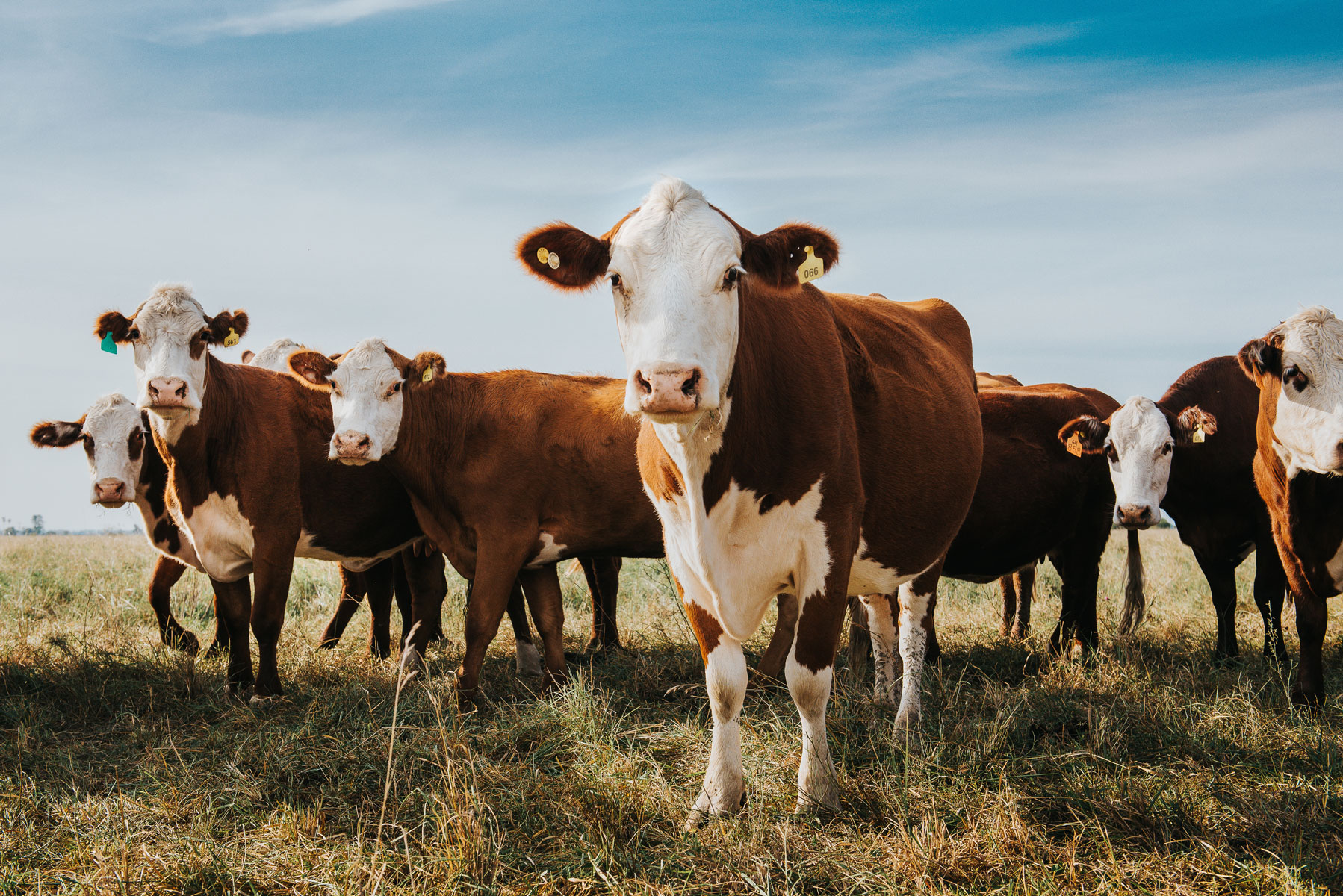It is estimated that humans have consumed dairy products from cows, sheep and goats for at least 10,000 years, starting in the Neolithic revolution 8000 BCE. Ancient baby bottles provide evidence that milk from animals was used to feed human infants at least 8,000 years ago. The caveman remains (the proteins were entrapped within dental plaque) came from three different Neolithic sites – Hambledon Hill and Hazleton North in the south of England and Banbury Lane in the East Midlands.
Individuals from all three sites showed the presence of milk proteins from cows, sheep or goats, suggesting people were exploiting multiple species for dairy products. The first people to drink milk regularly were early farmers and pastoralists – people who raise livestock – in western Europe – some of the first humans to live with domesticated animals, including cows. More archaeological evidence was found in the Middle East as well as Africa and Asia.
Early humans spent much of their time hunting, gathering, or fishing for food. The natural instinct to provide for the next generation was dominant. People observed animals in the wild nursing their young just as they nursed theirs. By capturing goats and aurochs (ancestral cow breeds), the people were able to collect their milk in pottery vessels. Being purposely designed to sustain life like no other food, this raw milk provided a steady source of readily available food for ancient humans.
The milk storage vessels likely contained bacteria cultures from previous milkings, and hence the culturing process was naturally reinforced with these bacteria. The resultant curds could be stored and consumed over time. This steady supply of food allowed for settlements and communities to develop. Curd contained a complete set of microbiome-friendly nutrients and would be easy to digest due to its biodiversity.
Many species have been utilized for their milk throughout history, including camels, cows, goats, sheep, donkeys, horses, water buffalo, reindeer, and other mammals. Domesticated animals became high-value assets.
Why has evolution favoured tolerating dairy?
Since raw milk facilitates the production of lactase, it is not likely that there were widespread issues with lactose intolerance in Neolithic populations. Those populations that consumed milk further adapted by developing lactase-persistence genes. The lactase-persistence genes would have facilitated the easy digestion of milk in many forms, including boiled or cooked milk. The lactase persistence trait was favoured by evolution, and today it is widespread in some populations. In northern Europe, more than 90% of people are lactase persistent.
People who are lactase-non-persistent can still eat a certain amount of lactose without ill effects, so drinking a small amount of milk is fine. There is also the option of processing the milk into butter, yoghurt, cream or cheese – all of which reduce the amount of lactose. Further, milk containing only A2 beta-casein protein produced fewer gastrointestinal symptoms compared to regular milk. Want to know more about A2-milk? Read our article „The milk with a feel-good factor: Research on A2-milk benefits“.
How healthy is it to drink milk?
Not only is milk loaded with nutrients from protein to vitamins and minerals, but exciting new research continues to point to its many health benefits. These include a reduced risk for chronic diseases and its role as a prebiotic.
Sources:






